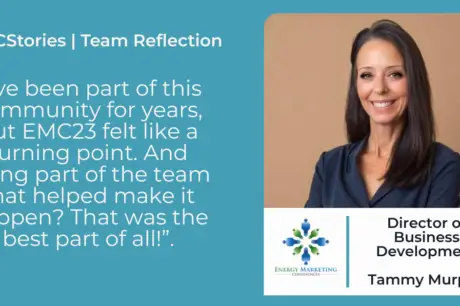As we move into 2022, Merger and Acquisition Activity in the energy industry is at record levels and is predicted to grow significantly in the coming years, according to a recent study by Ernst and Young. Merger and Acquisition will be one of the major sources of competitive advantage and long-term profitability, and it will have many impacts on technology investments in the energy industry.
Over our years in the industry, we’ve observed that companies have become much more sophisticated in the way they anticipate and plan for the cost of integrating technology investments. Most often including investments in the following categories:
- On-boarding: Bringing the acquired companies onto the systems of the new parent company.
- Enhancement: Enhancing the parent company’s systems to take on the unique characteristics of the acquired companies.
- Organizational and Cultural Integration: Very often acquisitions disrupt the heart of the acquired enterprise and can impact things like morale and one’s sense of stability.
These three categories take so much investment, focus, and time that they absorb all the internal capacity the company can muster. This problem can be compounded when acquisitions are a continuous process.
What we have learned along our journey is that the successful acquisitor is the enlightened leader that can find a nuanced way of integrating at the technology level while preserving company culture’s and “secret sauces” along the way to keep teams motivated and engaged at the organizational level.
The current M&A environment definitely presents some risks from a Pro Forma perspective. However, there are tremendous opportunities in this environment that the combined capital and innovative capacity of an integrated NewCo can tackle. The E&Y study also found many other demands for technology spending, chiefly the investment required to launch new products (energy services, renewables, self-generation, storage, EV charging, demand management, etc.) that residential and corporate customers are demanding. It finds, for example, that “86% of consumers (and nearly 100% of millennials) are interested in generating their own electricity.” Further, it confirms that the opportunity is significant as 92% of the average US population has already purchased a new energy solution.
This will reward the innovative enterprise who can mobilize quickly to take “first-mover” advantage.
All these efforts will require the right combination of People, Processes, and Technology to take advantage of the unique market environment that appears to be emerging in 2022.
Jonathan Goldstein (Sr. Vice President) and Jim Smelley (Board Member) are experienced Retail Energy leaders at Cyber Group












